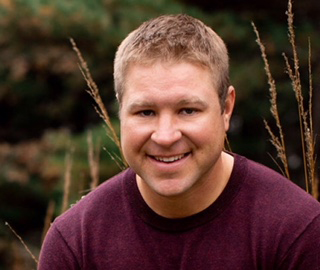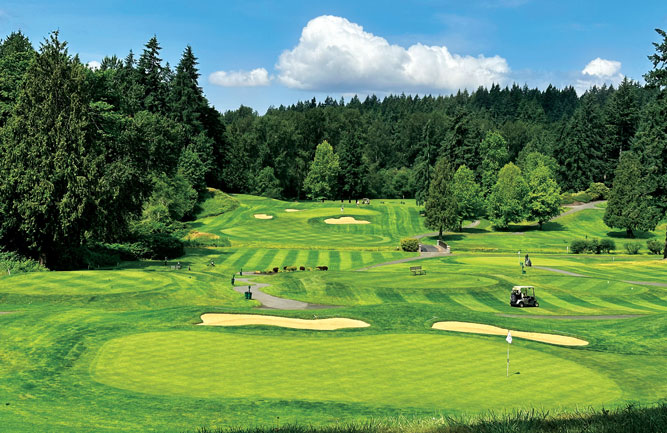2018 SOI: Q&A with NWIGCSA’s Andrew Perry

Andrew Perry
Andrew Perry
President, Northwestern Illinois Golf Course Superintendents Association
Golf Course Superintendent, Blackstone Golf Club
Marengo, Ill.
1.) Generally speaking, how was the golf season this year?
Overall, I would say it was an alright year considering the weather we had. Rounds were a little short of where we were in 2017, but not by much. This year was probably the best year for us staff-wise though. Many of my seasonal guys returned, and the new staff I brought on board really worked out well. Now I’m looking forward to an even better 2019.
2.) How did the weather treat you this season?
Coming out of winter, we pretty much went straight into summer. There wasn’t a very good stretch where you were able to really establish that nice deep root system to prepare you for the summer months. Then, once we had to face the challenges of summer, we received several inches of rain, which would generally be followed up by clouds and humidity. As a result, it was very challenging to produce the conditions we were striving for.
I personally didn’t deal so much with heat-related issues, but, rather, constantly high humidity. It seemed on the days it wasn’t raining, it was cloudy and humid, and there was never really enough time to dry out. Over Labor Day weekend, we received another eight inches of rain as well, which really impacted revenue as summer ended.
Once fall arrived, it was very short-lived, which made it very challenging to recover from the summer. I had joked with my assistant that we had probably pushed bunkers up more times than we had hand watered greens. This year was also the earliest we have ever closed in our 12 years of being open due to the cold and an 11-inch snowfall.
3.) How would you describe the disease pressure this year, and what diseases were most prevalent?
I would say disease pressure was higher than average. Due to the large rain events, we were spraying on generally soggy conditions, or forced to push an application out of the window to a dry day, all while pressure was increasing.
Personally, I had dollar spot on fairways and summer patch in the rough areas that lack air flow. We normally try to stay on a strict preventive spray routine, but it was challenging to do that this year. It felt like once we would get the fungus treated, it would take a while for the bentgrass to really grow out of it, mainly since there weren’t many stretches of ideal growing conditions.
4.) What was the biggest challenge your area had to deal with this year?
The large rain events, flooding and mosquitoes were the most challenging. Many courses next to rivers and streams had severe flooding issues, as they had absolutely no control over when water exited their properties. Due to the rain and short spring and fall, rounds and revenue were down this year.
5.) Are there any success stories from your chapter that stand out in your mind?
I feel the chapter, as a whole, continues to be successful. We’re pushing for more and more equipment managers and assistants by offering a complimentary membership. We’re also providing an outstanding value to our members by keeping the costs of our membership and events very low, while also offering the best speakers for education that we can. Our partnerships have increased year after year, which has allowed us to continue to create more initiatives to benefit our membership and increase donations to our scholarship.










